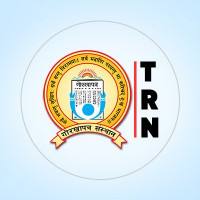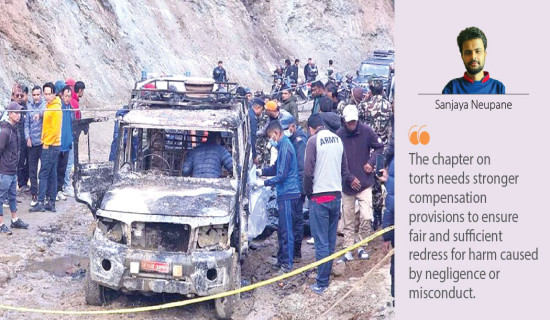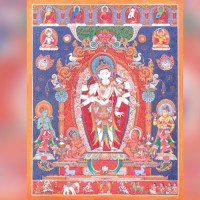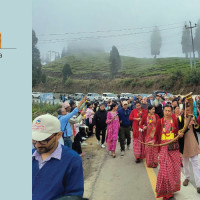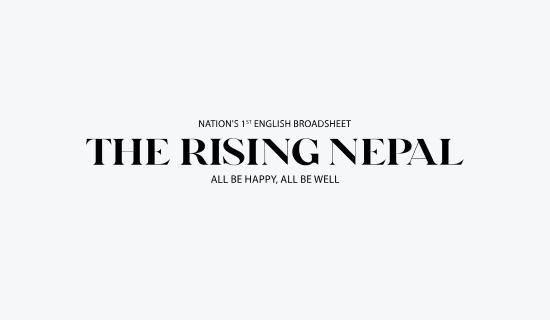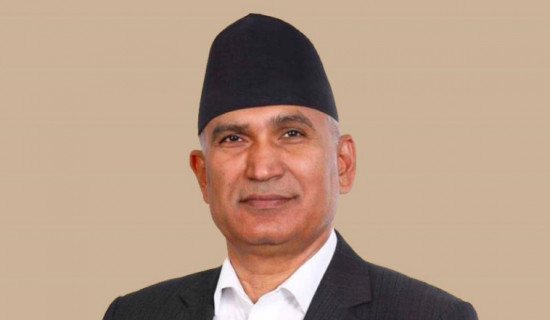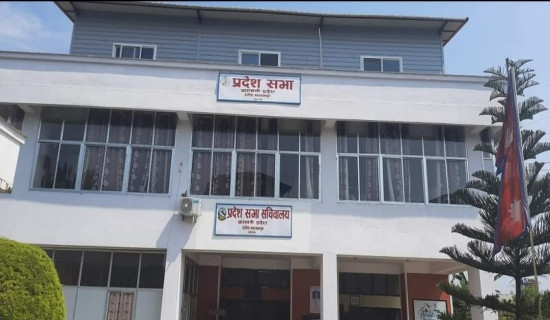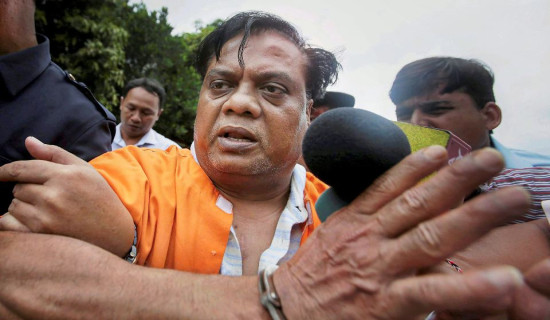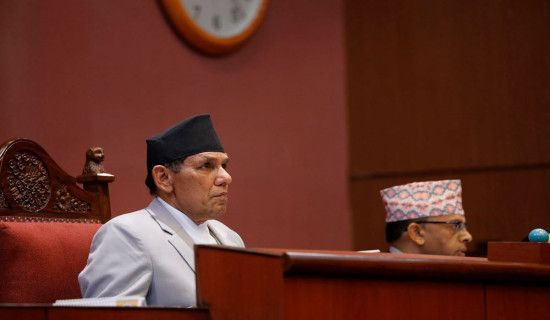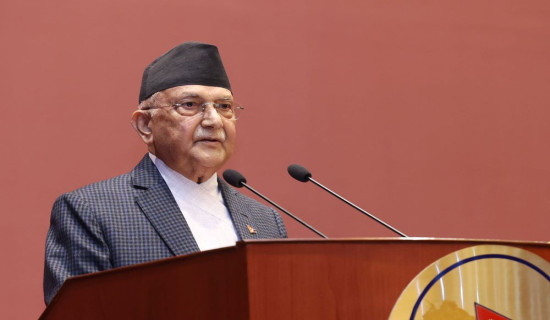- Monday, 12 May 2025
Mysterious Bagheni
While going through the story collection, Bagheni, written by Indira Prasai, I felt myself as an immature and innocent reader at the beginning. There are thirteen stories with different themes. Despite including multiple contexts and numerous experiences of characters in the story collection, the story centres on Bagheni. I tried to understand the genius way of presenting deep-rooted stories of Nepali society through characters. At this point, I found a depiction of very ancient practices in the present social context. Finally, the message is demanding and comprehensive for readers, focusing on practical aspects of human behavior.
The storytelling method of the writer is unique. She is creating characters within characters, along with finding and exploring the author inside the author. She is very clever in conveying the message artistically that the author herself is playing an active role as a character and creating other different characters, dividing their roles and duties appropriately in the story. It makes readers alive and active, like sprinkled flowers. There is a deeper meaning to the context that requires engaging readers with their broader perspective. In other words, it demands the qualification of the reader, who can understand the proper meaning relating to the context of our society after going through the story. I appreciate the author’s skill in valorizing the human soul, whether the person is male or female.
Prasai has associated natural phenomena with her stories through the roles of different characters. There is an interconnection between nature and a female figure in the story. The way nature nurtures its inhabitants on earth, the woman's character also nurtures her children with kindness. She interchangeably defines the beauty and power of a woman and nature. Accordingly, both are playing feminine roles on Earth, like Manabi. The author has connected mythical and religious matters with the existing system and practices to correct the system and make human behaviours practical. She is one step forward in focusing on rituals and valuable Nepali practices. Highlighting typical Nepali musical instruments, including Panche Baja, Naumati Baja, Army Band, and Police Band, she further raises the values of Nepali cultural practices. It is a great source of information for new generations, who have a craze for modern technology and its sophistication.
The unstable Nepali political system; exploitation of innocent and poor people; unnatural death of people either by internal conflict or war or by foreign employment; and corrupted mindsets and behaviors of people are the major problems highlighted in the story collection. The innovative way of conveying information through writing makes readers feel like they are experiencing a similar situation in Nepali society. Most of the stories are in dialectic form.
A bitter story of migrant workers and left-behind families is reflected in this collection. The plight of Meena, who works in Kuwait; Sanjeeb, who works in Bahrain; etc. are the representative stories of Nepali migrant workers. The miserable condition of the migrant workers, including male and female, is not only limited to Meena and Sanjeeb but also to other characters like Unnati and Santabahadur and their left-behind family members. As a result of foreign employment, family members suffer from different problems like relationships, health, etc. Its root cause is the poverty and unemployment problem in Nepal.
Similarly, the writer finds fault even in the Nepali marriage system. She strongly requires the necessity of a matrimonial institution in Nepal to establish a prestigious society, save families, continue the tradition of human generations, and maintain the dignity of women. This thought is put forward through the debate competition entitled “The Need for Matrimonial Institutions in Today’s Society” between graduate and undergraduate-level students. They are quite relevant in their ideas or presentation through facts and practical examples such as violent behaviours, extramarital relationships, and health issues arising from relationship problems. However, the evaluation committee remains indecisive about the participants. Through this, the writer demands the abolition of the traditional marriage system in Nepal and warns policymakers to maintain justice in our society. Prasai is worried about the degrading environmental condition and nationality; she uses the metaphor coronavirus to compare the corrupted mindset of people who misuse and take advantage of power. She has depicted the corrupted behaviours of different politicians and public administrators, like the characters minister and Shambhuram in the story. She is a catalyst for families and societies through her characters to raise consciousness among people and reform cultures and practices focusing on the rights of human beings. Portraying the representative story of Vimadevi, she has differentiated between the natural and unnatural ways of living a life. In other words, she claims that going against nature is a difficult task and recommends people be the better version of ‘themselves’.
As a reader, I could not be pleasant and fully satisfied at the end of the story because I expected to continue reading the story even after its ending. However, I am surprised by the author’s art of managing so many stories within a single broader theme with the appropriate choice of diction, like “soft request,” acknowledging motivational figures like the renowned Nepali author ‘Momila’ to write and publish this work. In the story entitled “Bagheni”, the author, at first, introduces the female character only as the wife of Shishir, who is nameless and powerless. The writer has created the name Bagheni for her nameless character. Despite being passive, Bagheni intends to be courageous, exercise power, lead the kingdom well, and maintain justice among people as a wise leader. Out of all the events and the roles of the characters, the major concern is the strong and determined character, Bagheni. Therefore, the title of the story collection, Bagheni, is also appropriate.
(The author is an Assistant Professor of English at Tribhuvan University.)


